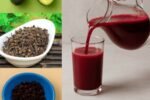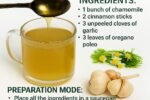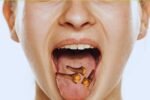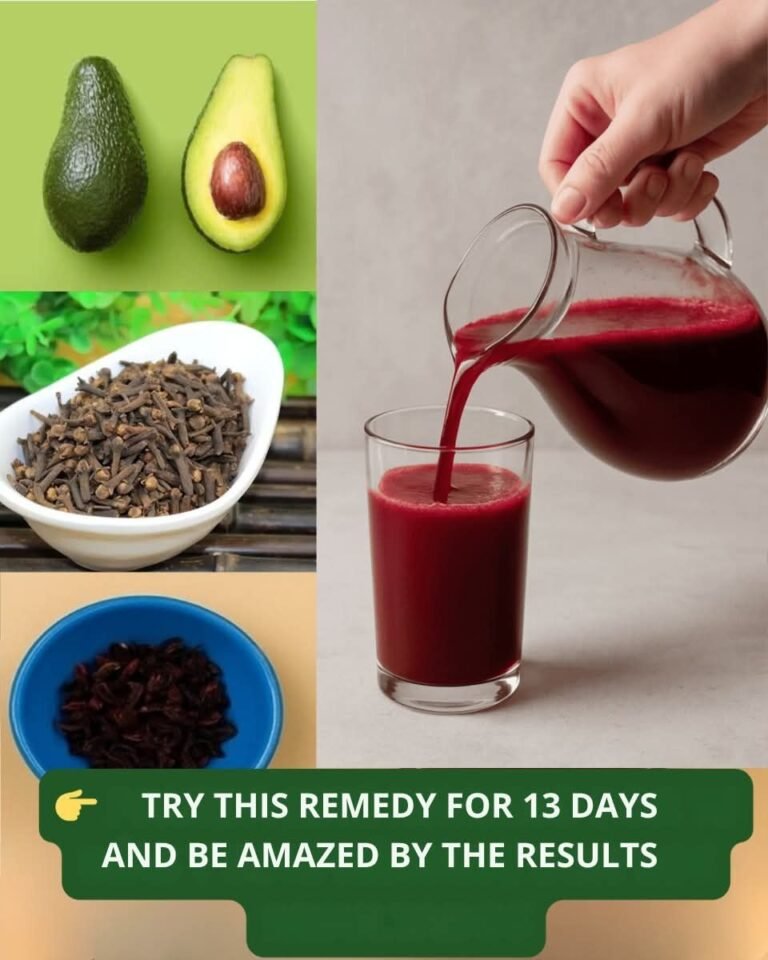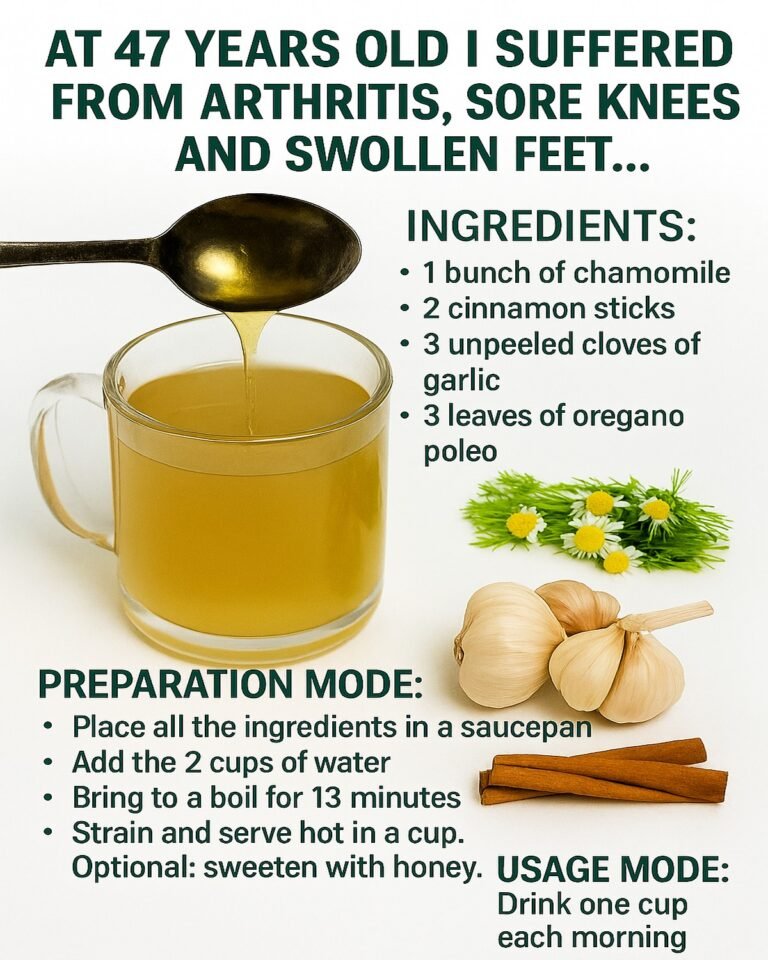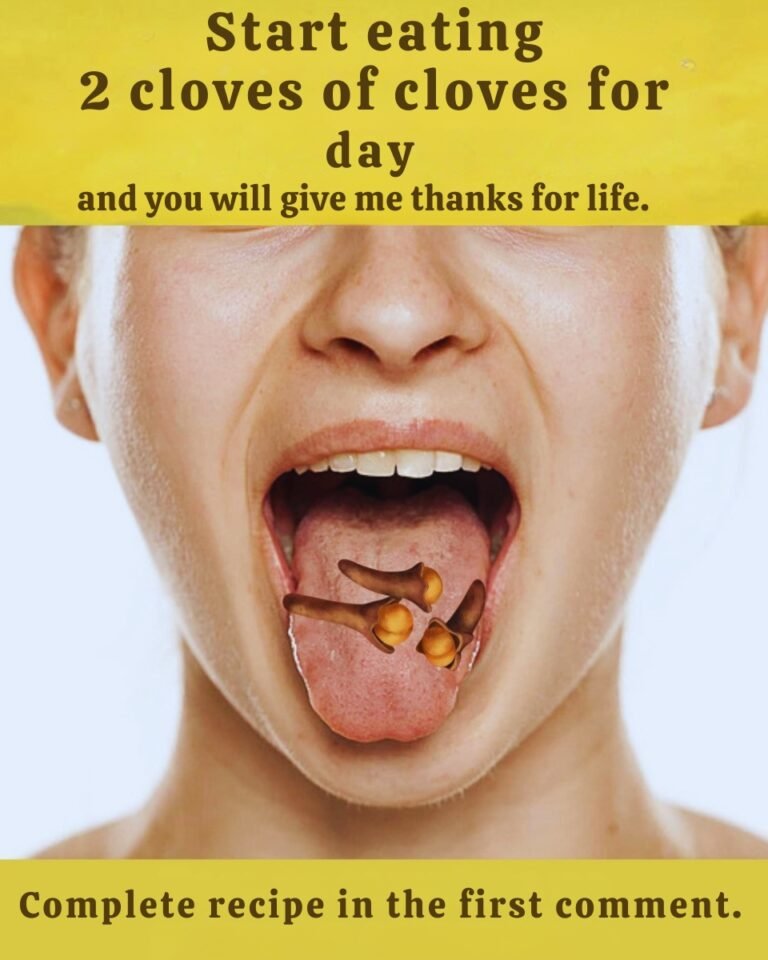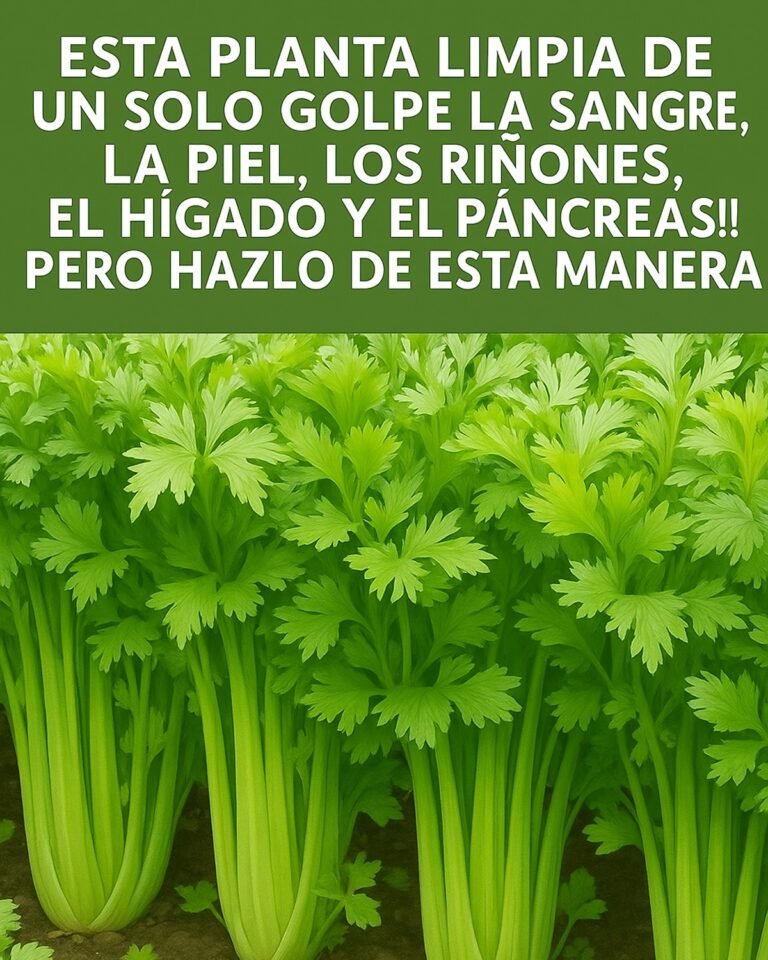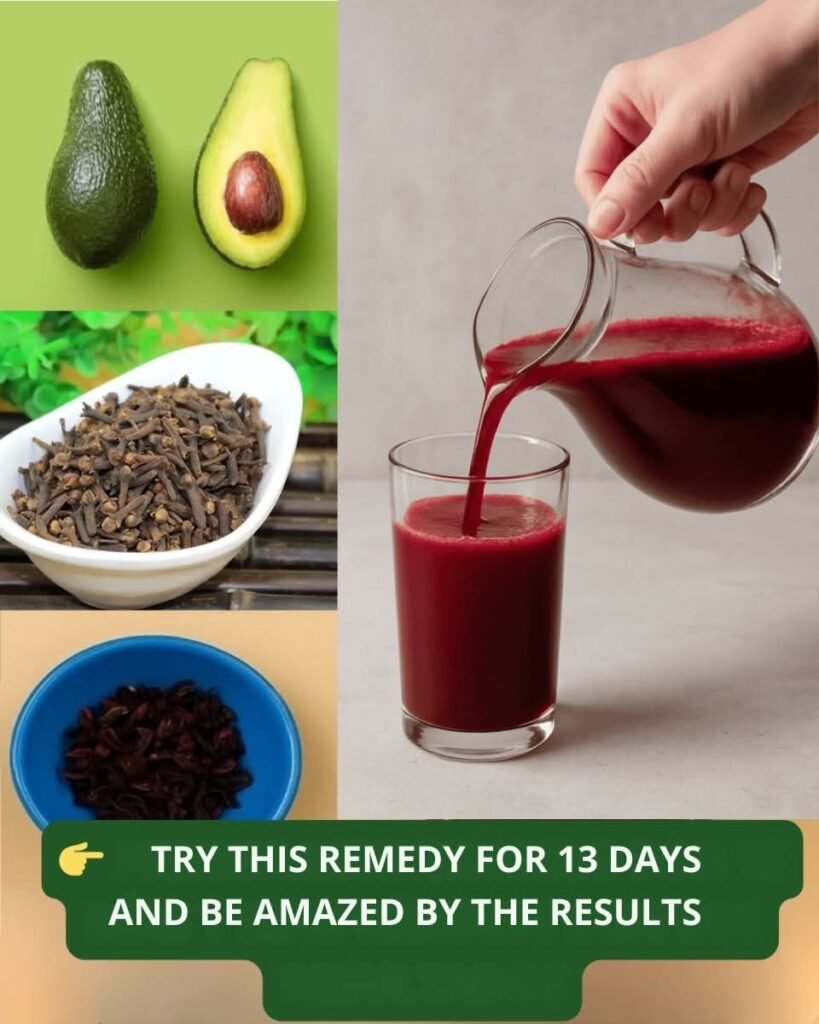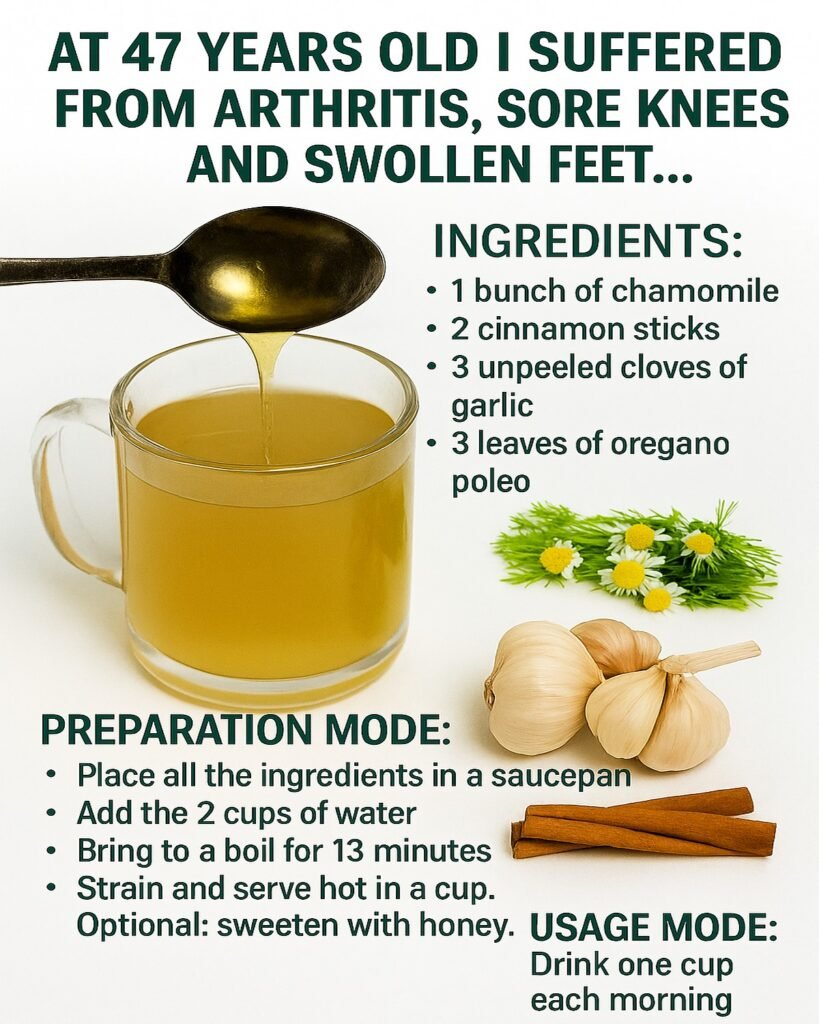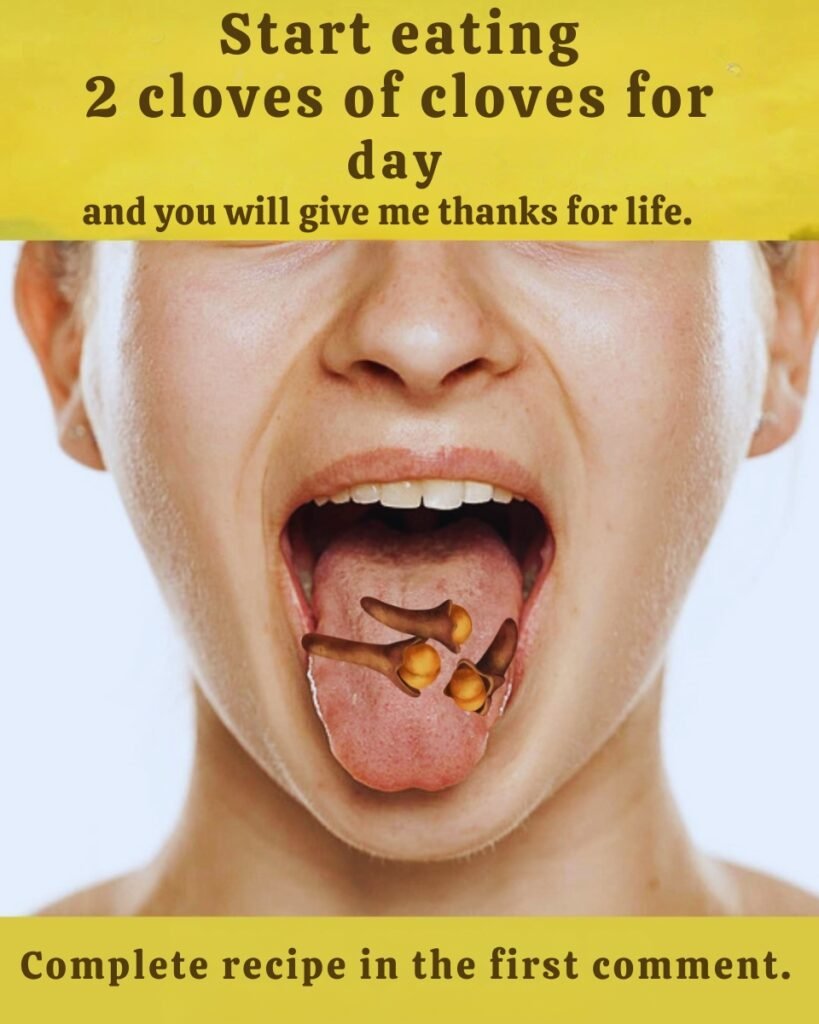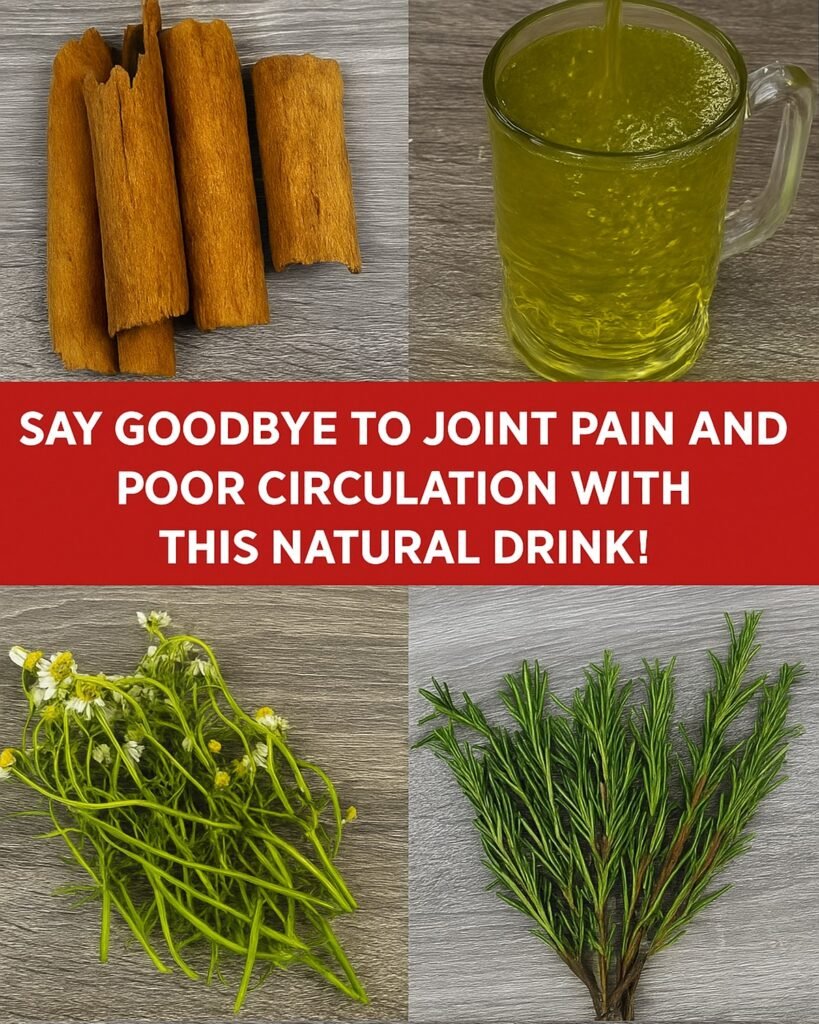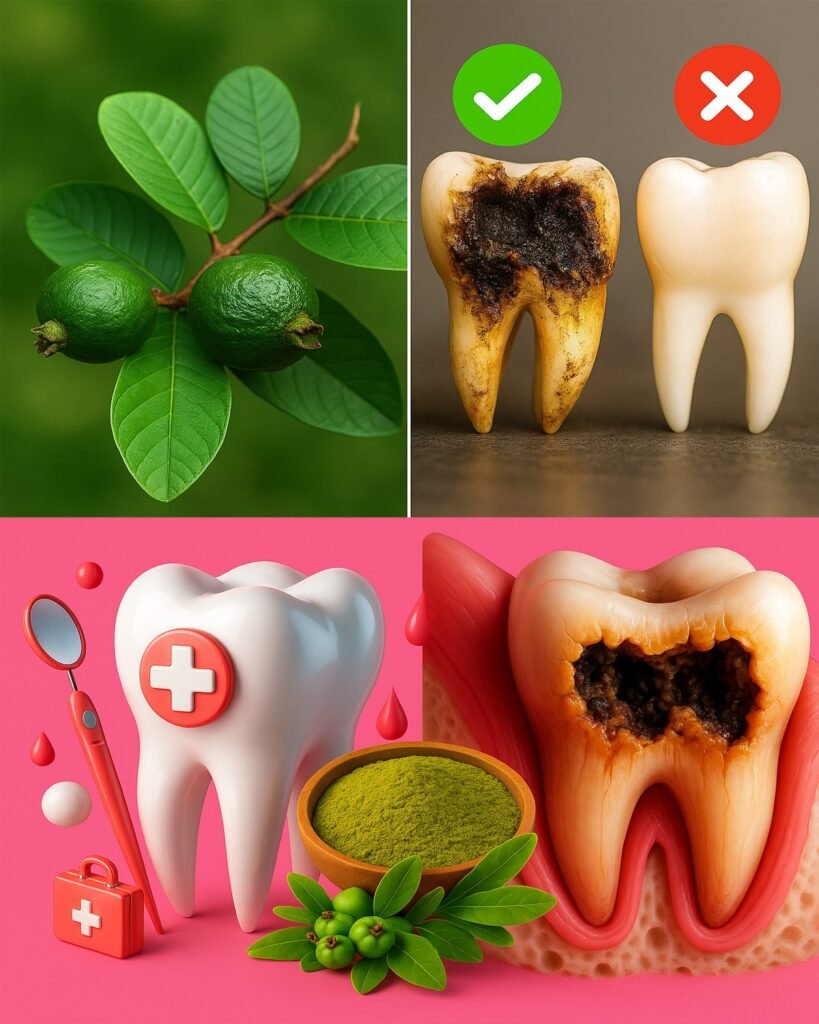Imagine sipping icy lemonade on a hot summer day. Suddenly, a jolt of pain freezes your smile. Ouch—that sharp sting in your tooth ruins the moment. What if a simple tropical leaf could ease that ache naturally? Stick around; you might discover a game-changer hiding in plain sight.
Over 90% of American adults face tooth decay by age 40, per CDC data. Shocking, isn’t it? In your 30s, 40s, or 50s, routine checkups turn pricey, and pain sneaks up despite brushing. Ready to explore affordable, science-backed options?
The Silent Struggle with Tooth Decay
Tooth decay creeps in quietly, stealing joy from meals. One in four U.S. adults has untreated cavities, leading to gum issues or worse. Brushing helps, but bacteria linger, feeding on sugars.
Gum sensitivity? Bad breath by afternoon? These signal trouble brewing. Untreated, decay risks bone loss or heart links. On a scale of 1-10, how pain-free are your teeth today? Hold that thought.
You’ve tried fluoride pastes or mouthwashes. They mask issues temporarily. But what if nature offers deeper support? Enter guava leaves—overlooked yet potent.
Why Guava Leaves Deserve Your Attention
Guava leaves pack flavonoids, tannins, and antibacterials used traditionally in Asia and Latin America. They may inhibit plaque bacteria, reduce inflammation, and freshen breath. Science nods approval.
A 2019 Journal of Oral Health study showed guava extract lowered plaque significantly. Intrigued? These leaves tighten gums gently, unlike harsh alternatives. But how do you use them?
Pause: Ever wondered why ancient remedies endure? Modern products profit-driven; nature survival-focused. Let’s uncover three methods step-by-step.
Method 1: Guava Leaf Mouth Rinse – Your Daily Antiseptic Boost
Picture this: Morning coffee leaves your mouth fuzzy. By evening, bad breath returns. Sarah, 47, a busy teacher, dreaded staff meetings due to bleeding gums.
She boiled fresh guava leaves, cooled the liquid, and rinsed twice daily. The earthy, slightly bitter swish felt refreshing. In 10 days, bleeding stopped; her dentist noticed.
Research suggests flavonoids act as natural antiseptics, curbing bacteria. This may prevent plaque buildup from snacks.
| Step | Action | Timing |
|---|---|---|
| 1 | Boil 5–7 fresh leaves in 2 cups water | Morning |
| 2 | Cool, strain into jar | 30 minutes |
| 3 | Swish 30–60 seconds | Twice daily |
Rate your bad breath now, 1-10. If over 5, this rinse might shift things. But wait—chewing offers direct contact.
Meet the Science Behind the Rinse
Studies highlight guava’s potential to rival commercial rinses without chemicals. Participants saw reduced bacterial counts. You might taste mild astringency, like green tea.
Doubting availability? Grocery stores or online sell leaves cheaply. Fresh or dried work. Curious about chewing next?
Method 2: Chewing Fresh Guava Leaves – Ancient Wisdom Revived
Bite into an apple—spot blood? Gum weakness hits hard. Luis, 52, a retired firefighter, recalled his Puerto Rican grandma’s habit.
Skeptical at first, he chewed tender leaves post-meals. The crisp, bitter snap released juices; saliva flowed. Two weeks in, less bleeding, fresher breath.
Chewing boosts saliva, nature’s decay fighter. Phytochemicals target bacteria directly. Add sea salt occasionally for extra punch.
| Action | Frequency | Duration |
|---|---|---|
| Wash 2–3 leaves | Daily | N/A |
| Chew slowly | 1–2 times | 10 minutes |
| Spit, rinse | After | Quick |
Imagine that bitter tang leading to stronger gums. Self-check: Gum bleed frequency, 1-5? But hold on—one method applies heat-like power.
Why Chewing Stands Out
This method’s simplicity shines—no prep needed. Sensory details: Cool leaf texture, herbal aroma. Research shows stimulated saliva neutralizes acids.
You might think, “Bitter? No thanks.” Start small; benefits may outweigh. Ready for targeted relief?
Method 3: Guava Leaf Paste – Precision for Sensitive Spots
Hot soup scalds, cold ice cream stings. Janet, 39, a mom of two, avoided treats due to cavities.
She ground dried leaves, mixed with coconut oil into a gritty paste. Applied to her molar, it tingled warmly. Sensitivity eased in weeks.
Tannins may astringe gums, reducing swelling. Antimicrobials fight decay causers.
| Step | Ingredient | Usage |
|---|---|---|
| 1 | Dry leaves to crisp | Sunlight |
| 2 | Grind to powder | 1 tsp |
| 3 | Mix with oil | Few drops |
| 4 | Apply 5 minutes | Finger/cotton |
| 5 | Rinse | After |
Avoid hot/cold foods often? Scale 1-10. This paste could help. But combining methods? That’s the real power.
Layering for Maximum Impact
Why choose one? Rinse mornings, chew afternoons, paste for flare-ups. This trio may tackle bacteria multi-angle.
- Reduces plaque daily
- Strengthens gums naturally
- Eases sensitivity gently
Science supports combos in traditional use. Feel the routine’s rhythm yet?
Comparing Guava Leaves to Common Fixes
| Issue | Common Fix | Drawback | Guava Edge |
|---|---|---|---|
| Bad breath | Mouthwash | Temporary mask | Kills bacteria source |
| Sensitivity | Abrasive paste | Wears enamel | Gentle tannins |
| Bleeding gums | Salt rinse | Short relief | Flavonoids inflame less |
Guava often overlooked but potent. Studies favor its natural compounds.
Bonus Routine and Mid-Read Check-In
Quick quiz: Methods so far? Biggest pain point—breath, bleed, or sting?
Predict next tip. Gum health improved reading? Fun, right?
Exclusive: Combine with brushing for amplified effects. But that’s not all…
Addressing Your Doubts Head-On
Thinking, “Too good to be true?” Trials show promise, not miracles. Consult pros always.
Availability? Asian markets, online—affordable. Taste bitter? Dilute or habituate.
The Hidden Costs of Waiting
Bacteria multiply hourly. Ignore? Bills soar, pain persists. Act? Potential savings, confidence.
In 30 days: Pain-free bites, bold smiles. You control this.
Your Empowering Next Steps
Start today—one method. Bookmark, share with friends battling decay.
Imagine freedom from dental dread. Nature’s gift awaits.
P.S. Insider: Young leaves pack more punch—pick tender ones.
This article is for informational purposes only and does not replace professional medical advice. Always consult your dentist or healthcare provider for personalized guidance.

